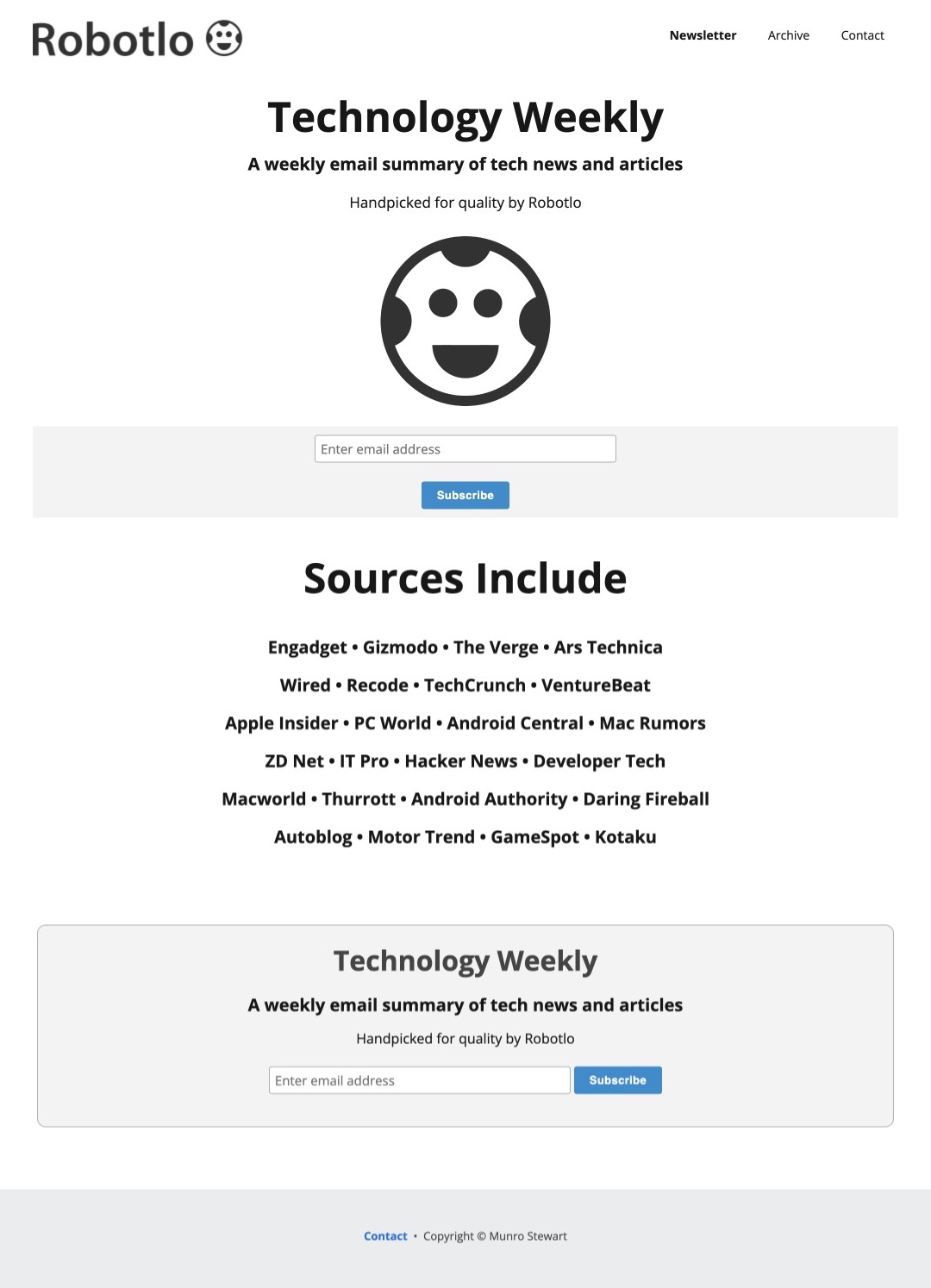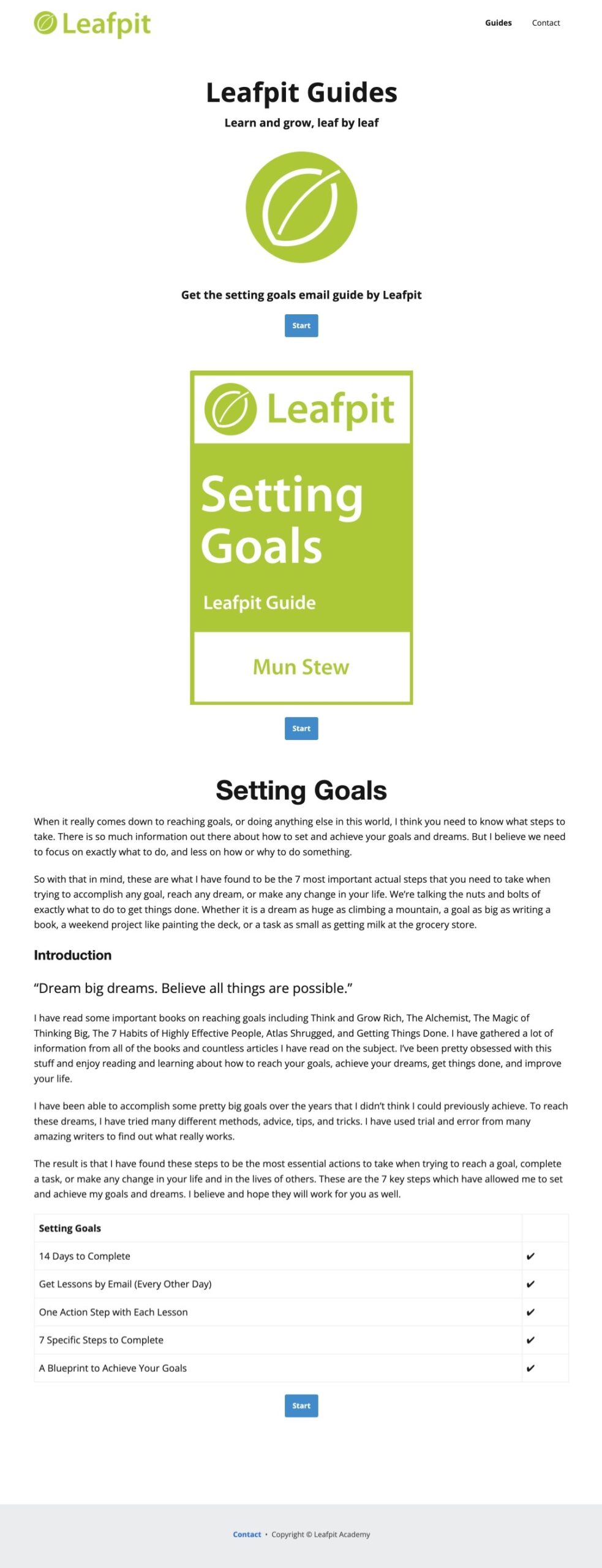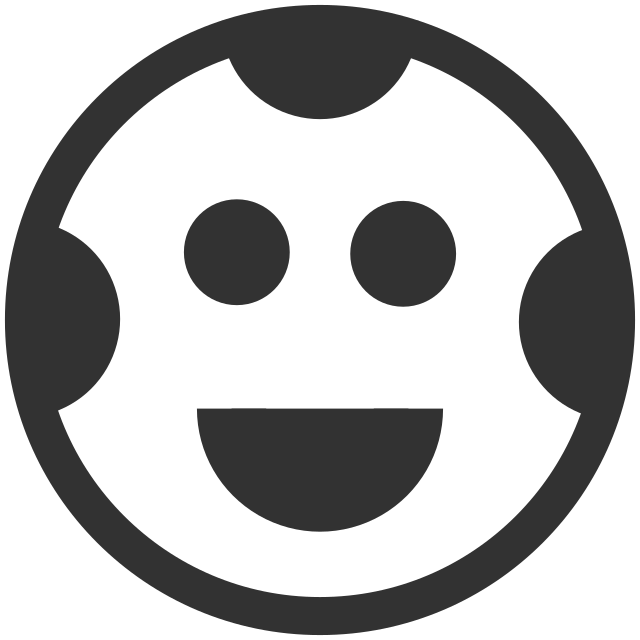From a user perspective I think that any audio, music, or radio apps or websites like Play Music or Spotify should not have any video ads, only audio ads.
Latest Posts
Heartya
The website Heartya was intended to be an entertainment website for sharing picks, lists, and rankings of great music, movies, shows, and games, but it was never fully created.

Heartya Logo
Heartya Brand
Rename Windows 10 S To Windows 10
I wonder if Microsoft should rename Windows 10 S in the future to just Windows 10, and Windows 10 Home to Windows 10 Plus. Have Windows 10, Windows 10 Plus, and Windows 10 Pro.
Keep App Folders Consistent In Landscape
For consistency, I think the iPad app folders should only have 4 apps across in landscape mode too.
Folders With 16 Apps Was Much Better
At iOS 10 I still think that switching from folders with 16 apps and 4 columns to folders with 9 apps and 3 columns in iOS 7 was one of the worst UX and design decisions ever on iOS.
Limit Twitter Direct Messages To Fewer Characters
I like that Twitter now allows Direct Messages, but I wonder if a shorter limit would be better. I suggest limiting them to either 1000 or 1500 characters.
Allow iOS Settings To Sync
Apple should allow you to sync all iOS settings between two iOS devices, including the apps and their order on home screens.
Could iPhone 8 Have Flexible Screen Sides?
Update - April 20th, 2017
We have more rumors and real analyst articles which show that my idea of the iPhone 8 having a flexible screen wrap around the sides isn't likely at all. Not surprising of course, and the first rumor to really disprove my crazy theory came just a few days after I wrote this article. For people who are interested in finding out what features will be in the "iPhone 8", don't bother reading this article. For people interested in hardware design or possible form factors for future iPhones or other mobile phones, you might still be interested in reading this. I talk about how future phones and mobile devices could have flexible screens that wrap around the side, as well as a couple of the uses this design would have.
- Apple's 'iPhone 8' to replace Touch ID home button with 'function area,' start at $1,000 - Feb 15, 2017
- Alleged 'iPhone 8' diagrams show display dimensions, sensor array - Apr 17, 2017
Original Article
First of all, to get up to speed on some of the possible rumors, here is a quick overview by AppleInsider, which they have been using in their articles about the next big redesign of the iPhone. For instance, this quick overview is included in their last rumor I read today, Apple's 'iPhone 8' again rumored to feature reinforced glass back, stainless steel frame
- Sept. 2017 launch
- Screen sized 5.1"-5.2"
- Edge-to-edge OLED
- Curved glass back, screen
- Dual-lens camera
- 10nm "A11" processor
- Wireless charging
- Touch ID, FaceTime camera, speaker embedded in screen
AppleInsider and many others have also noted various times about 5.8" OLEDs being produced for the next iPhone. And that maybe the actual size of the screen will end up being a usable 5.1" even though the OLED screens being manufactured are 5.8" in size. One possibility might be that they are getting larger sized screens produced, but they will be cut down to a lower 5.1"-5.2". Another is that with a rounded screen, extra length is added to the actual screen size, 5.8", to make the usable screen size appear over a smaller real life dimension, 5.1". A third option would be that there will eventually be two different sizes, both a 5.1-5.2" device, and later or the following year a Plus sized 5.8-5.9" device.
However, one guess that I have is for something a bit different, which I don't think has been noted or suggested in most of the rumors.
A "Screen" On Each Side Of The Phone
I wonder if the reason for the discrepancy in screen sizes to date could be because of a new "feature" for this all new design. I think the usable and visible size on the front of the screen could be about 5.1", but that the actual screen continues and wraps around each side of the iPhone. And we would be able to touch each side of the device to provide other types of input, such as scrolling up and down without touching the front of the screen.
Meaning, the "screen" we see is just 5.1", but an "invisible" screen wraps around the sides.
Likely the OLED display would wrap around just the left and right side, not the top and bottom. Even if the screen wraps around the edge, it might not mean that we see an interface or image on the sides of the device either. Meaning, the "screen" we see is just 5.1", but an "invisible" screen wraps around the sides. And we can touch the sides of the device and it can respond in different ways. Though it could also provide an image possibly, for instance in what could appear as different "buttons" on different parts of the screen side.
Oh yeah, and when I say I "think" this could happen, I might actually mean "hope". Because I think it could be a good idea to allow the sides of digital devices to be touched for input by users. I think it would be a good design, and potentially be a very useful and intuitive interface option. What I mean, is I'm just guessing here everyone. I definitely don't have an inside track to what is actually going on. I have no idea what is going on, unlike people like writer John Gruber of Daring Fireball, or Apple analyst Ming-Chi Kuo.
Why Would A "Side-Screen" Be Useful?
So why would this all new design have a screen that wraps around the side? What could you do with this extra design feature? Since it could allow touch input, pretty much anything. As I mentioned, I think the most obvious use is for scrolling up and down by using your thumb on the side of the device.
You would just touch your finger along the side of the device to scroll through and select items on the screen.
Other options for the side screen could include "buttons" on the side of the device. Maybe from the front you just see skinny rectangles about a centimeter high along the edge, possibly even in different colors. And touching the side of the device clicks that "button". Having pressure sensitive force touch options using the side of the device makes sense too. Anyway, the options are numerous, and I think the most obvious use is for vertical scrolling or scrolling through options on the screen without having your finger or thumb covering the front of the screen.
By the way, I think a screen extending to the sides of a device could eventually be used in something like the Apple Watch possibly too. You could potentially remove the digital crown, a moving part. You would just touch your finger along the side of the device to scroll through and select items on the screen. So if this touchable side screen idea is something that works out, I would expect to see it in many more devices in the future by Apple and others.
What Size Will The Screen Be?
The rumors now seem to be pointing to a usable screen size of 5.1-5.2" for the iPhone 8. And that the actual screen being produced might be about 5.8". So above I've been discussing how that rumor might apply to a new iPhone with a screen that wraps around the edges. However I'll add that I think it could be possible that another option for the iPhone 8 is that it's usable size will remain at 4.7". Exactly the same size as the iPhone 6 and 7. And that those extra 0.4-0.5 inches in the 5.1" OLED panel could be used to wrap around the sides of the device.
There are a couple reasons why I wonder if the iPhone 8 will come in the smaller 4.7" screen size. First off, it seems like there was a lot more rumors about OLEDs of the larger 5.8-6.0" size much earlier, but not as much lately. It seems like the 5.1-5.2" OLED panel size has been in the rumors more lately. I wonder if those larger sizes were testing for the current 5.5" Plus iPhone. And these newer rumors of the 5.1" OLED panels are testing and production for the current 4.7" iPhone.
More importantly though, I think Apple could potentially stick with a 4.7" usable screen size for the iPhone 8 to keep the resolution the exact same as the iPhone 6 and 7, at 1334x750, with the PPI at 326.
Then in the end Apple could have decided to start producing their first OLED iPhone in only one size, the smaller 4.7" size. Reasons for this decision could include that they don't know if they can meet demand by going all in with OLED in the first year. They want to still at least introduce their new design for the iPhone 10th anniversary. And they will still have a new 7S Plus released at the same time. So basically, they may have decided to not put all their eggs in one basket by only having a new iPhone 8 and 8 Plus with the new design, OLED display, and other technology. So they could be releasing an iPhone 7S and 7S Plus, along with the iPhone 8.
More importantly though, I think Apple could potentially stick with a 4.7" usable screen size for the iPhone 8 to keep the resolution the exact same as the iPhone 6 and 7, at 1334x750, with the PPI at 326. And that the rumors of the 5.1" screens being produced will wrap around the edges of the smaller iPhone's usable 4.7" screen. Reason being, they can't make the usable screen size bigger, going from 4.7" to 5.1", without keeping their magical 326 PPI retina display.
So they'd have to use the 1920x1080 HD resolution from the 5.5" iPhone Plus or come up with a new resolution, such as 2560x1440 for a 5.1" iPhone. That is definitely a possibility, but would require another resolution form factor. So I think it's also possible that they may be happy with the current resolutions and usable screen sizes. Resulting in them keeping the one-handed 4.7" 1334x750 screen for the regular iPhone 8 in 2017, and the larger 5.5" 1920x1080 screen for the iPhone 8 Plus version in 2018, the following year.
Conclusion
So to recap, I have two possible predictions that are bit contrary to the rumors that I have been reading about for the next big iPhone redesign, the potential iPhone 8. I think that contrary to reports, the screen size of the iPhone could stay the same at a usable 4.7", even though the OLEDs produced have an actual size of 5.1-5.2". Then, the next year, an iPhone 8S Plus version could be produced with a usable screen size of 5.5", with an actual OLED panel size of 5.8-6.0".
Secondly, I wonder if that extra bit of screen panel is used to curve and wrap around the left and right sides of the device. That the side of the device will be used as a touch screen for input, effectively replacing buttons on the side and offering more options for input. This user input on the side of the device will change depending on the application. It could take the form of scrolling, to selecting elements, to clicking soft buttons, or anything else. And I think it would be a great idea and a potentially good design for mobile devices of all kinds in the future.
Products And Software Over Business And Money
It seems like TechMeme used to have many more stories on products, services, and software instead of so many stories on businesses, people, and money.
Robotlo Website

Post

Contact

Robotlo Logo
Robotlo Brand
Robotlo Tech Weekly Brand
Leafpit Website

Leafpit Logo
Leafpit Brand
Leafpit Guides Brand
Brushium Website

Contact









